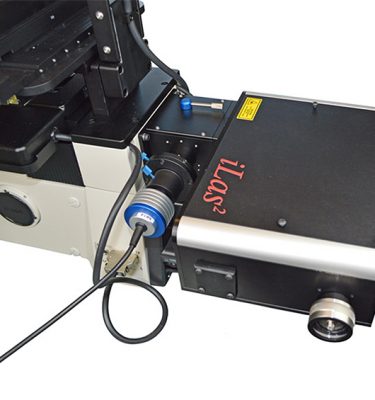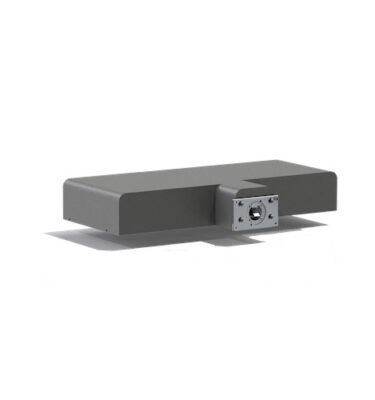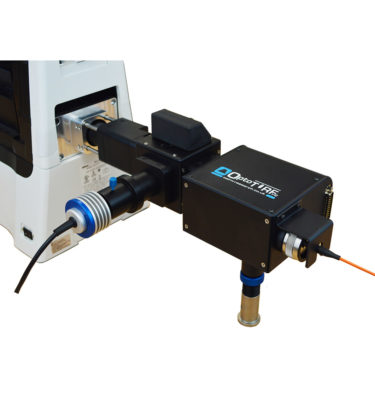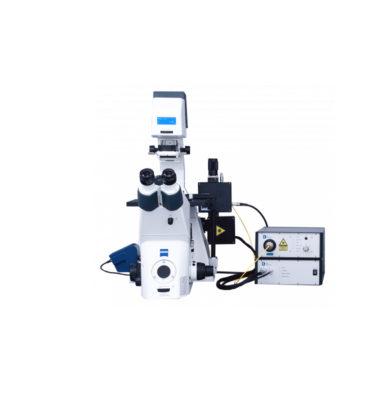Flatfield TIRF and HiLo illuminators for single-molecule, super resolution and related studies. Singlemode, multimode and circular TIRF options..
-
iLas2 targeted laser illumination
- Single molecule imaging
- Oblique illumination imaging
- FRAP Photo-activation
-
iLas3 targeted laser illumination
• Photo-ablation
• Frap Photo-activation
• Oblique illumination imaging -
OptoTIRF V2 Laser Illuminator
• Motorised movement of illumination spot and widefield bypass
• Joystick or software control
• Single or multimode fibre -
Rapp OptoElectronic UGA 42 Series
• Scanner based systems
• Photomanipulation
• microscopy & macroscopy
- “Circular” TIRF removes fringe and ring artefacts
- Large field of view with high uniformity
- Multiwavelength and multidepth in realtime
- Oblique illumination for 3D STORM
- Single molecule localisation & tracking
- Kinetic studies of single molecule interactions (i.e. ligand binding, protein:protein and protein:DNA interactions)
- Kinetic studies of proteins (i.e. actin filaments & microtubules)
- Super-resolution techniques (i.e. PALM/STORM) for subdiffraction localization of single molecules
- Imaging cellular dynamics (i.e. secretion processes & vesicle trafficking, plasma membrane dynamics, cytoskeletal dynamics)
- Imaging organelles close to the plasma membrane (i.e. mitochondria, ER, Lysosomes)
- Imaging ion channel activity in the plasma membrane and ER (i.e. Calcium signalling)
- Imaging cellular signalling (movement and recruitment of ion channels, receptors, G-proteins etc.)








